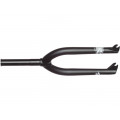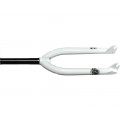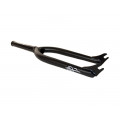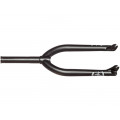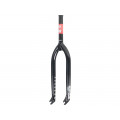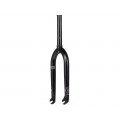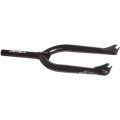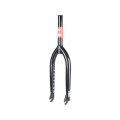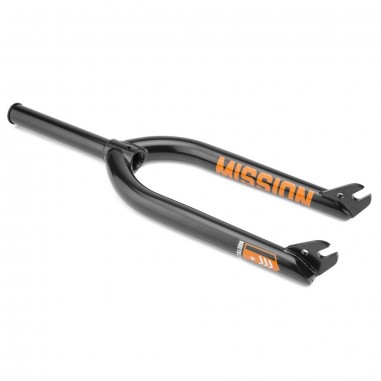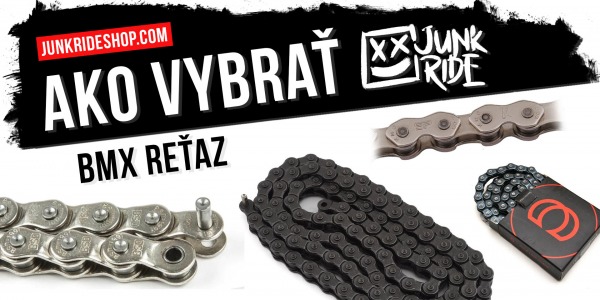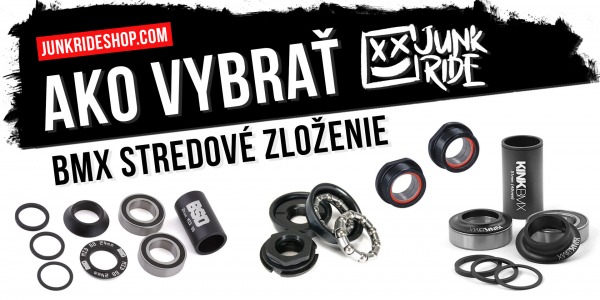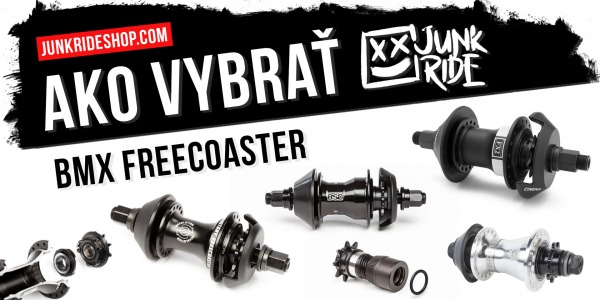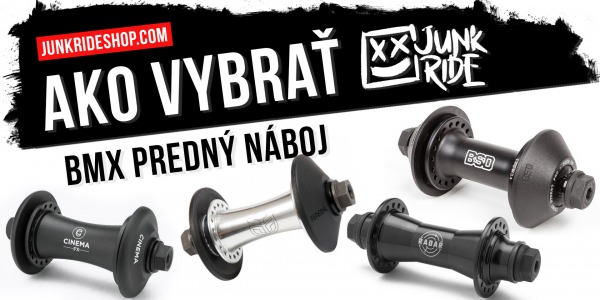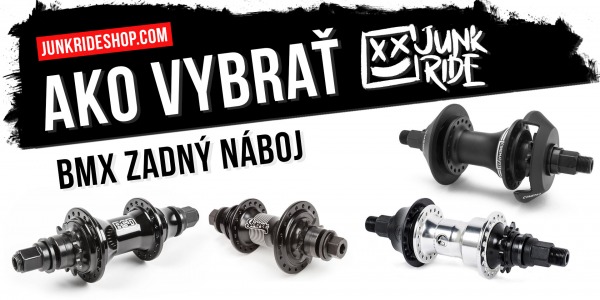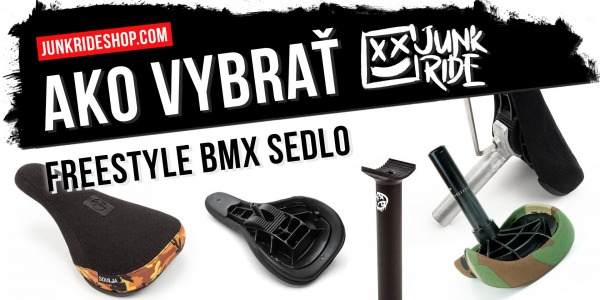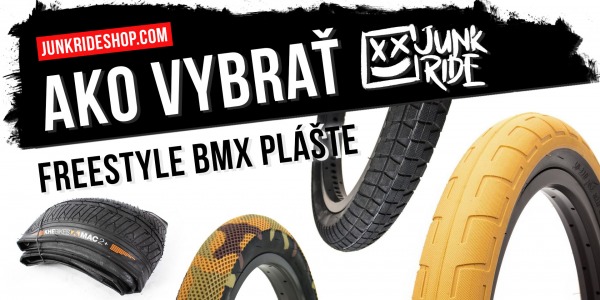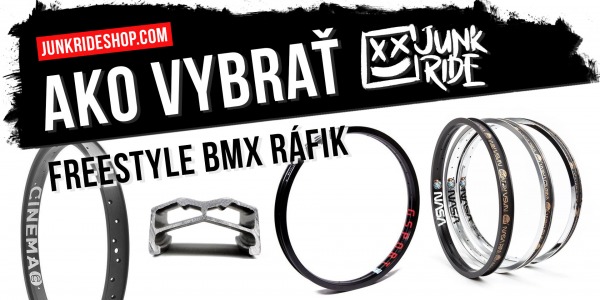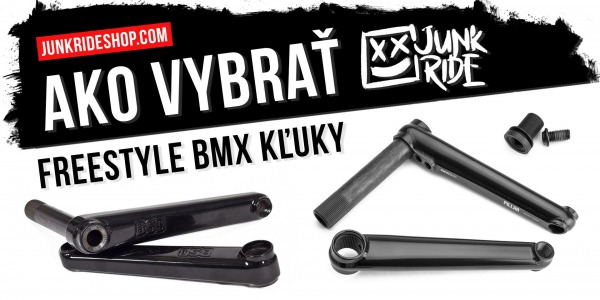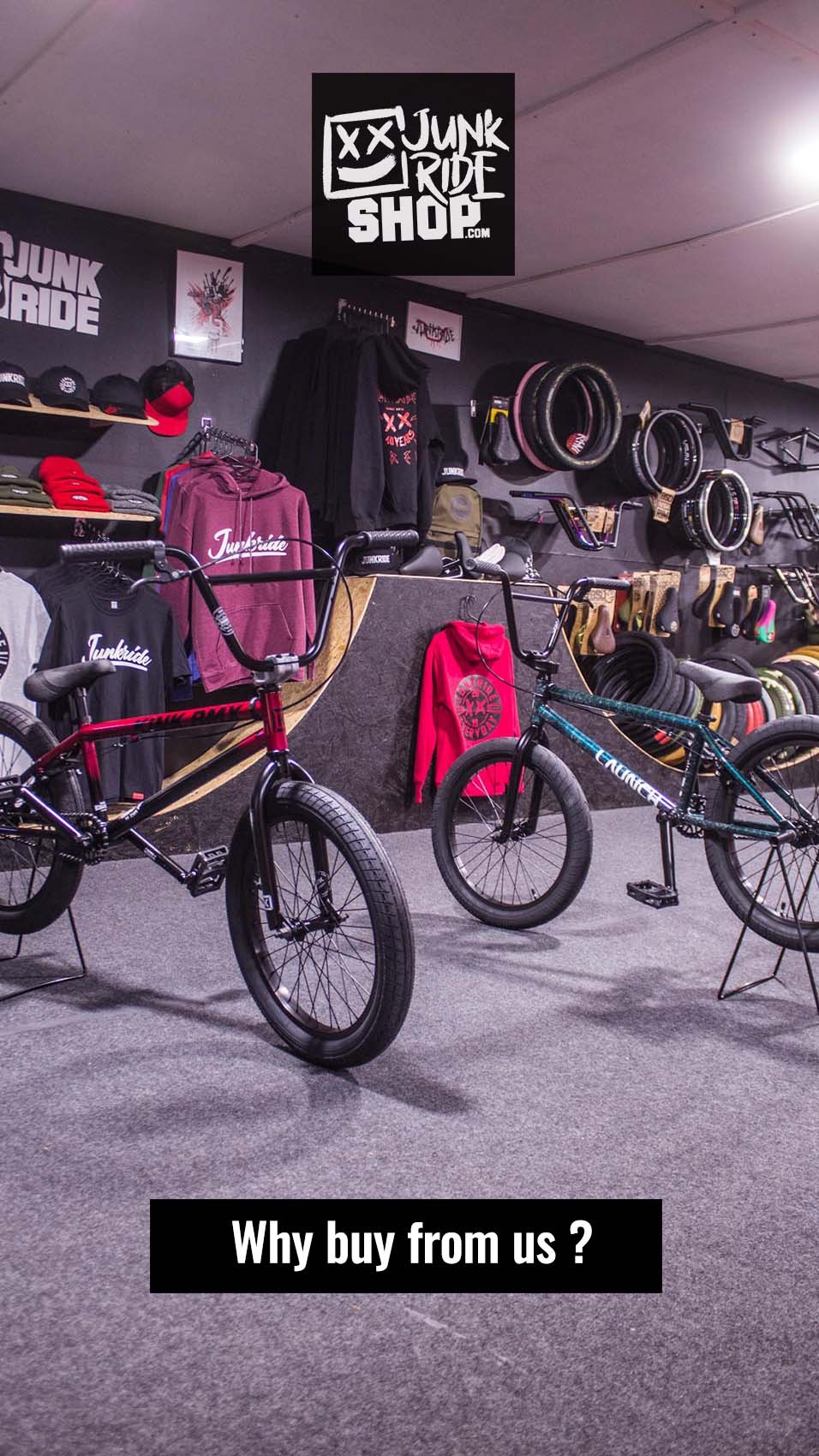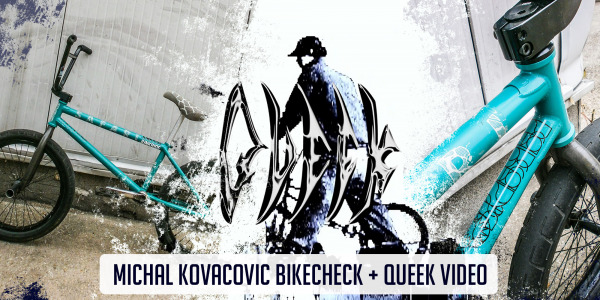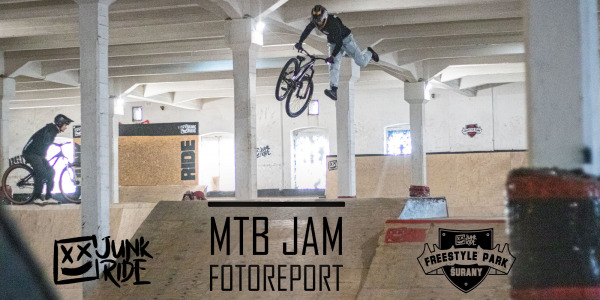- HOW TO CHOOSE
- 16882 views
FLYBIKES VOLCANO BMX FORK FLAT BLACK
DEMOLITION BMX Fork Kris Fox 28mm...
wethepeople WTP Fork Message with...
wethepeople PATROL fork with 3/8"...
Fork Volume Voyager 28mm black
Choosing a reliable and high-quality Freestyle BMX fork is crucial. It's a key component that a rider must rely on during landings. So, let's discuss some tips on how to choose the right one.

KINK CST FORK BLACK
MISSION BATTALION V2 FORK BLACK
Fork Volume Voyager 28mm black
FLYBIKES VOLCANO BMX FORK FLAT BLACK
TOTAL Hangover Fork Black
ODYSSEY R32 BMX FORK 24" BLACK
ODYSSEY R32 FORK BLACK
FIEND INVEST FORK BLACK
ODYSSEY R15 FORK CHROME
wethepeople WTP Fork Message with...
TOTAL Hangover Fork Chrome
ÉCLAT STORM 25 FORK BLACK
wethepeople BATTLESHIP 15 15mm...
Volume Gabel Shun Black
FEDERAL ASSAULT 15 FORK MATT BLACK
ODYSSEY BMX FORK R15 BLACK
wethepeople UTOPIA 10 fork 10mm...
RANT TWIN PEAKS 18" FORK CHROME
We recommend choosing a fork made from 4130 CrMo steel because it's a reliable and proven material used by all the leading brands in the market.
For budget BMX forks, at least the steerer tube should be made of CR-MO steel, which is the most susceptible to bending.
It's good if the dropouts of the fork are CNC machined. The junction between the legs of the fork is typically either conventionally welded or made using the investment-cast technology.
The thickness of the dropouts can vary between manufacturers. We recommend wider dropouts for street riders who use pegs and narrower ones for park or dirt riders, where weight is more critical.
We also recommend choosing a fork for a 10mm front hub axle, which is the current standard. Older forks used larger dropouts for 14mm hub axles.
The top bolt is the upper screw that secures the fork to the stem and, therefore, to the headset and the frame. The top bolt should be firm and always tightened. However, you should not fully tighten the top bolt; leave some play to allow smooth movement of the headset and handlebars.
In older forks, a classic 'quill' was used, inserted into the fork steerer tube, which would spread and tighten against the top cap when screwed in with a bolt.
For Freestyle BMX forks, the current standard is aluminum top bolts. The fork has threads into which the top bolt is screwed. There are different types of top bolts, and each fork brand may have a different size and thread type for the top bolt. For example, M24 24 x 1.5mm.
Fork offset is also an important factor to consider when making a choice. Offset refers to how far the wheel is positioned forward in relation to the fork legs.
Offset 15mm - 25mm
For street riding, we recommend a shorter offset between 15mm and 25mm. A shorter offset makes the bike shorter and, therefore, more agile, which is helpful for tricks like a 'nose manual.' Steering is more responsive with a shorter offset, making it suitable for lower speeds.
Offset 25mm - 35mm
For park and dirt riding, a larger offset between 25mm and 35mm is a good choice. A longer offset provides stability at higher speeds and during aerial maneuvers.



